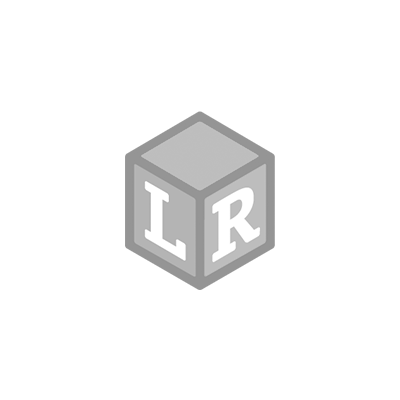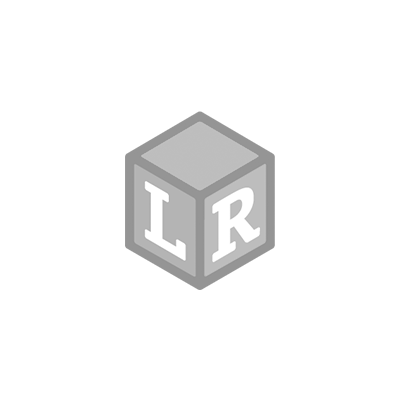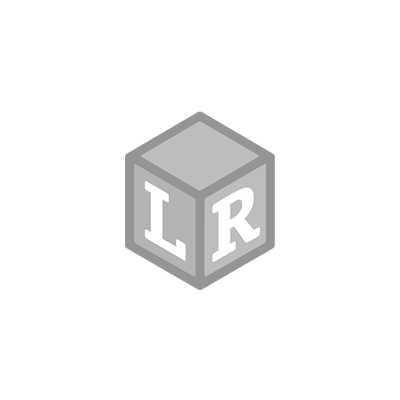
Coding with Mathlink Cubes!
- Patria Lincoln Posted On Jan 7, 2019 | Math
Teach your little learners coding with this easy and colorful activity using the popular toy Mathlink Cubes!
[Updated 4/16/21] By now, we all know that binary code is the mathematical language of 0’s and 1’s and is the only way computers can talk. We, humans, count from 0 to 9 and then start all over. Computers count by only using 0’s and 1’s.
When we begin to think in code, we begin to think like computer programmers. Coding takes patience and is considered a learned skill and mindset. But before diving too deep into all that, let’s begin with a fun exercise on how to translate your own name into computer language.

All you will need for this project is Learning Resources’ Mathlink Cubes and an alphabet-to-binary converter chart. Plan out how many names you will be spelling, and separate two different colored Snap Cubes, representing each shade as a “0” or “1”. Here, we coded two names. (Thanks for the assist from the Learning Resources Buddy Builders.)

Next, consult your binary code chart to reveal the combination for your first letter.

*In the binary code language, there are 8 placeholders for the 0’s and 1’s, otherwise referred to as an 8-bit sequence. The American Standard Code for Information Interchange, or ASCII, is a 7-bit code. For this exercise, we will use ASCII.First, we spell out Michael’s name. Each letter for M-I-C-H-A-E-L will be it's on the 7-Mathlink-Cube-long sequence. Have your budding computer programmer figure what combination to each letter reveals its code.

Each line stands for each letter.

…or connect it to make a long name, just as it would be written.

Next, it's E-M-I-L-Y’s turn. Use the same chart. You’ll see that the letters from P and below begin with 101, starting another sequence.

If you have the time, practice phrases like “Good Morning” or “I Love You” in binary code.
Computers certainly share information differently than humans. But kids will soon find that coding their name will be a real SNAP!

 Shop UK Site
Shop UK Site 







